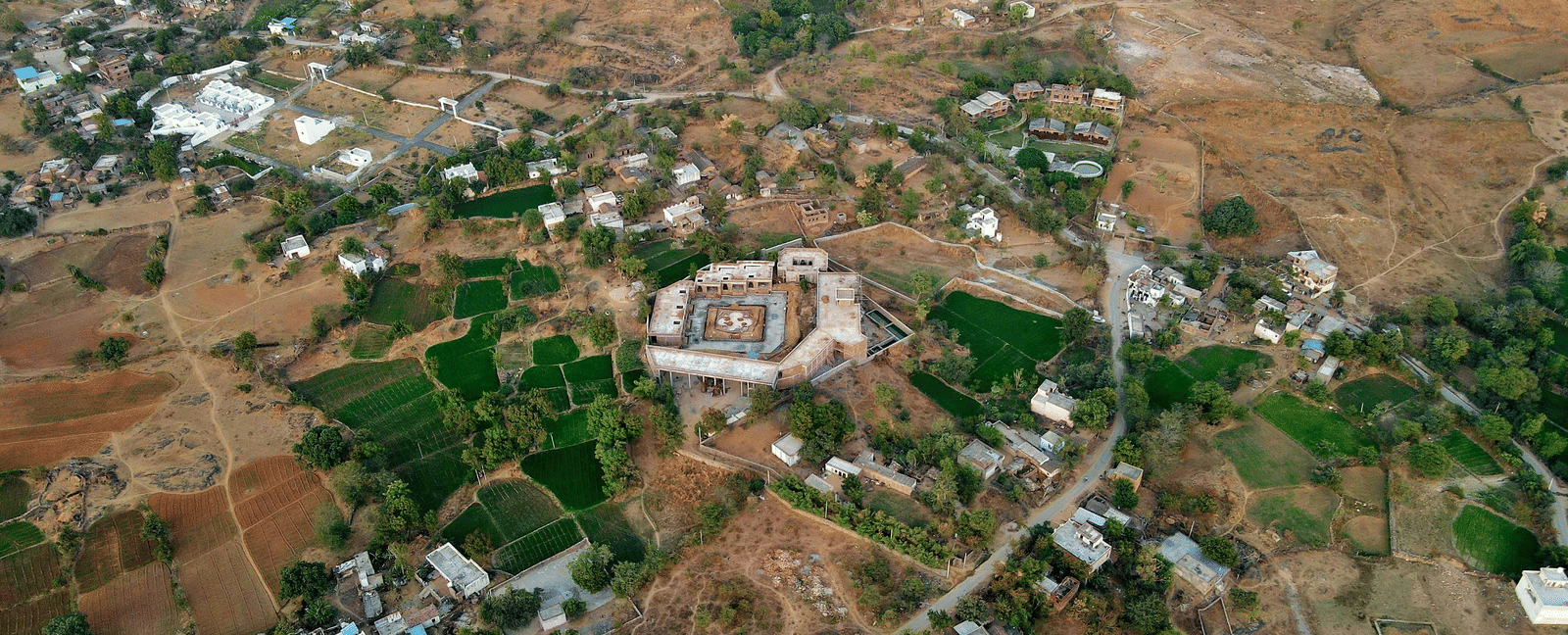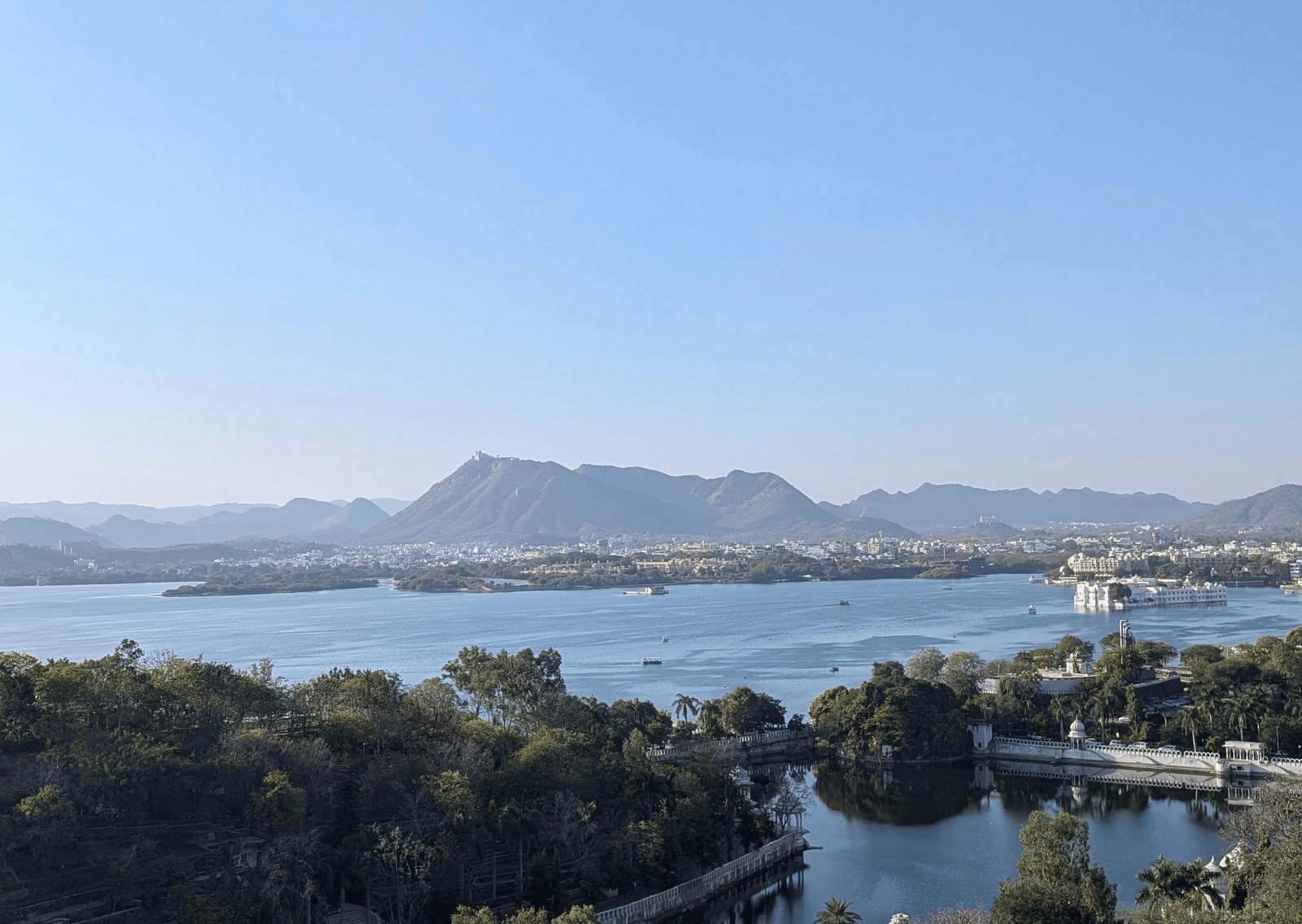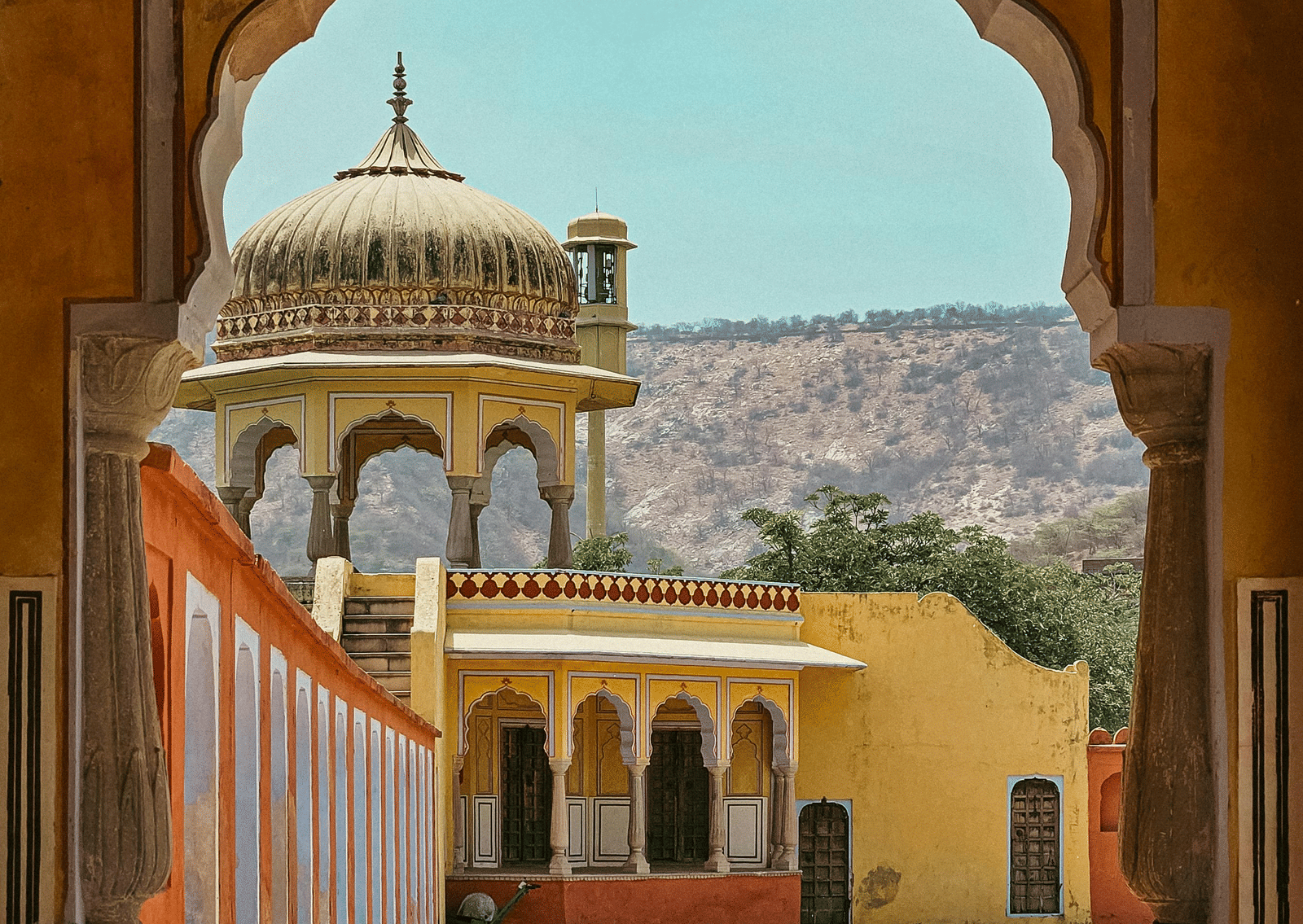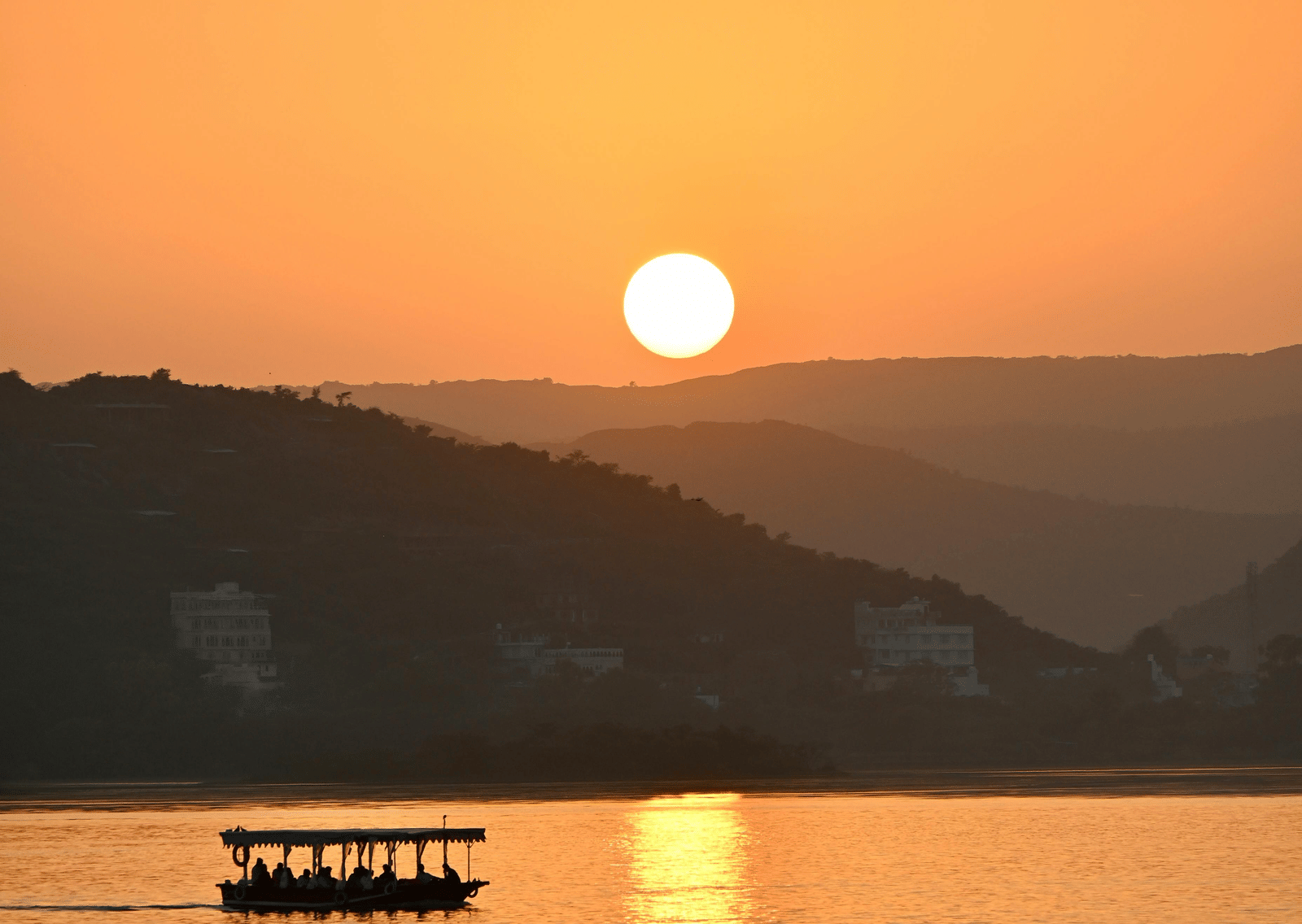- New Year in Udaipur
- Sajjangarh Fort
- New Year Celebration in Pune
- Karthigai Deepam
- Pongal Festival
- Bagore Ki Haveli
- Fateh Sagar Lake Udaipur
- Shivaji Maharaj Jayanti
- Pune International Film Festival
- Khajrana Ganesh Mandir
- Rajwada Palace, Indore
- Shaniwar Wada Pune
- Sawai Gandharva Bhimsen Mahotsav Pune
- Marina Beach Chennai
- Tourist Attractions in Chennai
- Phoenix Citadel Mall Indore
- Shri Annapurna Temple Indore
- Top Tourist Attractions in Udaipur You Must Visit
- Lake Pichola, Udaipur: Views & Heritage
- Explore Lal Bagh Palace
- Weddings in Rajasthan
- Pashan Lake Pune
- Jagdish Temple Udaipur
- Thiruvalluvar Nagar Beach
- Weddings in Chennai
- Udaipur's History
- Offbeat Places in Udaipur
- Aga Khan Palace
- Ralamandal Wildlife Sanctuary
- Cultural Events in Indore
- Chennai Culture
- Udaipur Itinerary
- City Palace, Udaipur
- Pune in Monsoon
- Pune Travel Guide
- Weekend Getaway in Chennai
- Bengaluru to Chennai Trip
- Authentic Rajasthani Dishes in Udaipur
- Ahmedabad to Udaipur Tour
- Weekend Trip to Pune
- Pune Festivals
- Things to Do in Chennai at Night
- Beaches near Chennai
- Best Time to Visit Indore
- Historical Places in Indore
- Best Time to Visit Chennai
- History of Chennai
- Temple in Pune
- Maharashtrian Authentic Food
- Fun Things to Do in Udaipur
- Weekend Trip to Udaipur from Delhi
- Best Time to Visit Udaipur
- Mumbai to Pune Road Trip
- History of Pune
- Famous Temples in Indore
- Best Places to See in Indore
- Things to Do in Chennai, India
- Places to Visit in Udaipur
- Best Time to Visit Pune
- Marunji Hills, Pune
- 2 Day Itinerary for Indore
- Tourist Attractions in Pune
- Places to Visit in Chennai
- Things to Do in Indore

Sajjangarh Fort: Where the Clouds Crown Udaipur
High above the shimmering lakes of Udaipur, where the Aravalli hills rise to meet drifting clouds, stands a vision of royal grandeur—the Sajjangarh Palace, fondly known as the Monsoon Palace. Crowned in mist and sunlight, it gazes over Fateh Sagar and Pichola lakes like a silent guardian of the skies. Built in the 19th century by the far-sighted Maharana Sajjan Singh, it was originally conceived as an astronomical observatory to trace the rhythm of stars and passing monsoon clouds. But destiny, ever playful, transformed it into a serene royal retreat, a haven where the rulers of Mewar could watch the rains sweep across their kingdom and feel the pulse of nature’s poetry unfold before them.

A Royal Vision Etched in the Sky
Built in 1884 by Maharana Sajjan Singh, the 72nd ruler of Mewar, the Sajjangarh fort carried the vision of a monarch who looked beyond the ordinary. Originally imagined as a 9-storey observatory to study the monsoon’s celestial rhythm, the dream took a gentler turn after the Maharana’s untimely passing, evolving into a royal retreat and hunting lodge for the Mewar dynasty. Poised atop Bansdara Hill, the palace offered not only breathtaking views of Udaipur’s lakes and valleys but also a strategic vantage point from which the rulers could watch over their realm. Over time, this lofty sanctuary came to mirror Sajjan Singh’s reverence for nature and his progressive spirit—a harmony of science, art, and environmental foresight etched into stone, standing as a testament to his timeless legacy.
An Architectural Ode to Royal Elegance
Cloaked in the splendour of white marble, Sajjangarh Palace stands as a masterpiece where Rajput grandeur meets European elegance. Its walls catch the light in ever-changing shades, glowing gold at sunrise and silver beneath rain-washed skies. Intricate latticework and elegant jharokhas, etched with peacock motifs, lend the palace a rhythm of delicate artistry. Within, expansive halls and regal chambers stretch toward the horizon, thoughtfully designed to frame drifting clouds and sweeping landscapes. Rising proudly with domed towers and open terraces, the palace commands a breathtaking vantage point 944 metres above sea level.


A Sunset Symphony Above Udaipur
As the day draws to a close, Sajjangarh transforms into a painter’s dream—its panoramic sunset views among the most enchanting sights in Udaipur. From its open terraces, the golden light spills across the city, setting the lakes and palaces aglow in hues of amber and rose. During the monsoon months (July to September), when the hills turn lush and the skies dramatic, the palace truly lives up to its title—the Monsoon Palace Sajjangarh. Winter (October to March) brings crisp, clear air, perfect for exploration and photography. Yet, it’s the twilight hours, between 5:30 PM and 6:30 PM, that cast the palace in its most magical light—when Udaipur seems to pause beneath a sky ablaze with sunset.
From Royal Heights to Reel Lights
When seen from afar, the Monsoon Palace appears almost otherworldly—like a grand cloud suspended above Udaipur, watching over the city in serene majesty. Its lofty silhouette and ethereal charm have long captured the imagination of visitors and filmmakers alike. In fact, Sajjangarh Fort found a place on the global stage when it featured in the Hollywood James Bond classic ‘Octopussy’ (1983), its regal profile adding to the film’s mystique. Years later, its winding roads and hilltop vistas became part of the lively backdrop for ‘Dhamaal’ (2007), a Bollywood favourite that showcased the palace’s breathtaking scenery and timeless allure.

Just a short drive from the misty heights of Sajjangarh lies Essentia Luxury Resort & Spa, Udaipur—a sanctuary where contemporary luxury meets the soulful charm of Rajasthan. Set against the tranquil backdrop of the Aravalli Hills, the resort offers a serene ambience paired with timeless grandeur. Its refined rooms, with locally inspired design, offer an elegant balance of comfort and culture, making it a perfect stay for heritage explorers.
With exclusive long-stay offers and curated premium experiences, our hotel invites travellers to unwind in style and soak in the regal spirit of Udaipur. Step into a world where heritage meets hospitality—book your stay at our resort and let Udaipur’s royal charm unfold around you.
FAQs
1. How can I reach Sajjangarh Palace?
Accessible by shared taxi, auto-rickshaw, or sightseeing tours from the Udaipur city centre.
2. What is Sajjangarh Palace, and why is it called the Monsoon Palace?
A hilltop palace built by Maharana Sajjan Singh, named for its stunning monsoon views.
3. What is the best time to visit Sajjangarh Fort?
Monsoon (July–September) for lush scenery or winter (October–March) for clear skies and sunsets.
4. Is there an entry fee for Sajjangarh Palace?
Yes, a nominal entry fee applies, with possible extra charges for photography or guided tours.
5. How far is Essentia Luxury Resort & Spa from Sajjangarh Palace?
It’s about 22 km from the Monsoon Palace Sajjangarh, making it a convenient base for exploring Udaipur’s heritage.